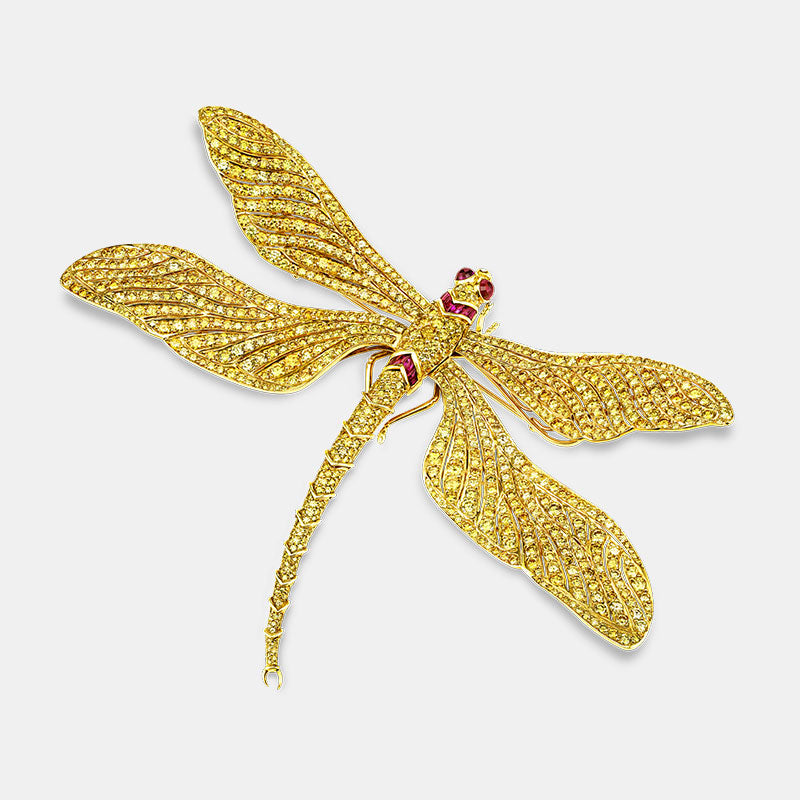The Secrets of Art Conservation and Restoration
Dive deep into the realms of art conservation, restoration and presentation. Discover the techniques, history and importance of keeping art vibrant for generations.
The Importance of Art Preservation in Safeguarding Cultural Heritage
 Notre Dame Fire, Paris, France. 2019. Source.
Notre Dame Fire, Paris, France. 2019. Source.
When the news of Notre Dame de Paris’ 2019 fire broke, many feared the medieval cathedral would never be the same. Images of the aisle and nave in flames circulated in international news outlets, along with the collapsing spire, stoked fears about the fate of the priceless artwork within Notre Dame's walls.
The fire destroyed the roof and extensively damaged the upper walls of the building, but most of the cathedral was spared from damage. Additionally, many of artworks and artifacts typically housed within had been removed previously due to renovations, and the pieces still there were evacuated quickly.
Less than 48 hours after the fire, French president Emmanuel Macron publicly set a five-year deadline for reopening, aiming for December of 2024 — in time for Notre Dame’s annual Christmas Mass — entrusting the fate of France's most famous church to the hands of experts.


Though not from Notre Dame, these restored panels depicting Saint Cosmos and Saint Damian attributed to Bonifacio Bembo were confirmed to be part of a polyptych displayed in the Church of Sant’Agostino in Cremona, Italy (30-8695). Circa 1454-1458. M.S. Rau.
Who are the experts?
Art galleries and art museums around the world regularly employ specialists known as conservators and restorationists to maintain the integrity of art and artifacts. Their expertise is grounded in a comprehensive understanding of chemistry, art history and specialized techniques, equipping them to undertake a wide range of projects—from the delicate cleaning of photographic material to the intricate rehabilitation of medieval cathedrals.
So what happens when someone punches a painting, or when a museum visitor bumps into a sculpture and breaks it? After the initial damage control done by security and other institutional employees, the piece is brought back to the restorers, who begin by assessing the extent of the damage. Following assessment, the restoration team will make a treatment plan that follows industry standards, with the effort of bringing the restored work back to its original form.
According to leading industry restoration practices the steps for a typical painting restoration are as follows:
- Surface cleaning
- Varnish removal
- Relining
- Repair of tears and holes
- Repair of wooden supports
- Retouching
- Varnishing or revarnishing
Restoration techniques certainly vary across different mediums, as well as the extent of the damage. Common repairs for sculptures, for example, include routine cleaning, filling cracks, treating corrosion and patination.
Difference between Conservation and Restoration:
 Auguste-Clément Chrétien repurposed a piece of canvas with a half-finished piece in order to paint The Education of Achille. Our art restoration team was thrilled to find a partially completed painting on the reverse. Painted 1861. M.S. Rau.
Auguste-Clément Chrétien repurposed a piece of canvas with a half-finished piece in order to paint The Education of Achille. Our art restoration team was thrilled to find a partially completed painting on the reverse. Painted 1861. M.S. Rau.
Conservation: Because works of art often reflect cultural heritage, religious ideals and societal change, conserving artwork allows generations born long after the artist to appreciate the piece.
Focused on proactive damage prevention to works of art, either by time or by viewers, conservationists are the individuals who figure out if a piece of art can withstand direct light, flash photography and other environmental factors.
Conservation treatment directly relates to the work’s longevity in a personal collection. As soon as a piece of art leaves the collection of a gallery, auction house, museum or otherwise, the work has left the controlled institutional environment and is the responsibility of the owner to maintain.
Restoration: Restoration is important for similar reasons — if these pieces are to survive long into the future, they need to be cared for accordingly, otherwise the art world would lose pieces of great historical and cultural importance.
Additionally, restoration can raise the value of a piece. Rather than fretting about how much of the piece is original, buyers can confidently bring a restored piece into their collection knowing it will not need additional restoration for (ideally) quite a while. Through restoration, experts can ascertain what the original painting looked like and take the proper steps to show the piece’s true appearance.
Art Presentation: Showcasing Fine Art in the Modern World
 Art handlers at work at M.S. Rau.
Art handlers at work at M.S. Rau.
Every serious art collector knows the importance of
preserving the integrity of a piece in the home In lieu of hiring a professional conservator, collectors can avoid smoking indoors or near the artwork, keeping it away from direct sunlight and utilizing museum glass when framing to prevent damage.
The Intricacies of Art Restoration: 21st Century and Beyond
The fields of conservation and restoration have undergone significant advancements in recent years, particularly since the turn of the millennium. With the incorporation of technologies such as X-ray radiography for paintings and ablation methods for sculptures, specialists in these fields can now penetrate layers of varnish, paint and the patina of age, allowing them to gain invaluable insights into the artist's creative process.
The restoration team at the Metropolitan Museum of Art recently performed a technical examination using x-ray radiography on Jacques Louis David’s The Death of Socrates, which revealed David’s preparatory drawings and showed exactly where the artist made edits throughout the composition. This test falls under the umbrellas of both conservation and restoration as the findings will improve the care the piece receives.

Portrait of a Gentleman by Frans Hals was thought to be made by a student or follower of Hals, but upon being cleaned this piece was found to be by Hals himself. Circa 1630. M.S. Rau.
Preservationists: The Unsung Heroes of the Art World
The fields of conservation and restoration have often been overlooked in the greater scheme of the art world, but the work done behind the scenes is hugely important to the research and development of art history and the modern art industry. Without restoration and conservation, our understanding of art and art history would be much narrower – the development of both fields allows art historians to better understand the artist and their process.
Additionally, restoration and conservation are inter-disciplinary fields and require years of education in both art history and STEM. Microscopes, x-rays and even CT scans have become indispensable to the people and institutions dedicated to the preservation and research of art.
Studying art through conservation and restoration helps us connect with our history and the ideas of those who came before us. This benefits not just today's artists and scholars, but also art enthusiasts. Thanks to careful conservation and restoration, artworks that are centuries old can continue to be enjoyed and studied, and we owe this to the experts who work behind the scenes to make it happen.
Experience the allure of fine art conservation and restoration, and immerse yourself in the
history of art in our Royal Street gallery in New Orleans.
Sources: “About Face - Restoring a Torn Portrait.” YouTube, uploaded by Baumgartner Restoration, 21 August
2023,
https://www.youtube.com/watch?v=PT4WWBEeu7g
Hale, Charlotte and Silvia A. Centeno, “
The Death of Socrates: New Discoveries”, 5 May 2022, The MET
Museum,
https://www.metmuseum.org/perspectives/articles/2022/5/the-death-of-socrates-new-discoveries.













